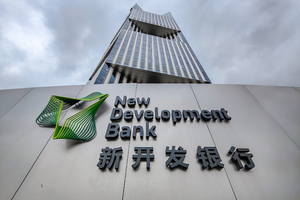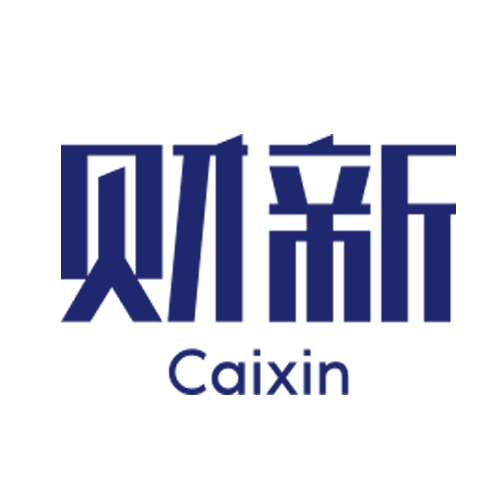Higher U.S. Interest Rates Drive Panda Bond Issuance Boom
Listen to the full version
Issuance of panda bonds on the Chinese mainland is forecast to rise by one-third this year to hit a new record of about 200 billion yuan ($27.4 billion), as high U.S. interest rates make yuan-denominated debt more appealing to foreign companies and institutions.
The projection was made by Zhang Tingting, executive director of the sovereign and international rating department at China Chengxin International Credit Rating Co. Ltd., at a Wednesday forum in Hong Kong. Institutions from the Middle East and Latin America are likely to join the panda bond boom in light of China’s strengthened relations with those regions, she said.

Download our app to receive breaking news alerts and read the news on the go.
Get our weekly free Must-Read newsletter.
- DIGEST HUB
- Panda bond issuance on the Chinese mainland is projected to rise to 200 billion yuan ($27.4 billion) in 2023, driven by high U.S. interest rates and appealing yuan-denominated debt.
- Foreign issuance interest surged after the U.S. Federal Reserve's rate hikes, with China's lower rates and policy changes facilitating onshore bond issuance and fund transfer.
- Europe, particularly Germany, is notable among foreign issuers, with notable issuances by Deutsche Bank, BASF SE, and CapitaLand Investment Ltd.
- CapitaLand Investment Ltd.
- In March 2023, Singapore-based global real asset manager CapitaLand Investment Ltd. announced it raised 1 billion yuan through a sustainability-linked panda bond.
- BASF SE
- BASF SE, a German chemicals giant, issued its first 2 billion yuan panda bond this month. The company is among the European firms actively participating in the panda bond market, which has seen increased interest due to favorable Chinese interest rates and policy changes allowing funds from onshore issuance by foreign entities to be transferred abroad.
- Bayer AG
- Bayer AG, a pharmaceutical group, is in the process of issuing and listing its first panda bond in China. This move aligns with the increasing participation of European companies in the panda bond market, where German firms have been particularly active.
- 2005:
- Panda bonds were first introduced as part of China’s efforts to internationalize the yuan.
- March 2022:
- The U.S. Federal Reserve began raising interest rates.
- July 2023:
- The U.S. Federal Reserve made its last interest rate increase, taking the federal funds rate to a target range of 5.25% to 5.5%.
- 2023:
- These red-chip companies accounted for 80% of the total panda bond issuance.
- 2023:
- More than 150 billion yuan of panda bonds were issued, an 82% increase from the previous year.
- By the end of 2023:
- The Shanghai Clearing House reported 195.4 billion yuan in panda bonds in its custody.
- January 2024:
- A China Chengxin report published detailed the increase in panda bond issuance.
- March 2024:
- CapitaLand Investment Ltd. announced it had raised 1 billion yuan via a sustainability-linked panda bond.
- April 2024:
- A 3 billion yuan panda bond issuance by Deutsche Bank AG marked the largest issuance by a financial institution in six years.
- As of the end of April 2024:
- The Shanghai Clearing House reported 242 billion yuan in panda bonds in its custody.
- This month (June 2024):
- A subsidiary of BASF SE issued its first 2 billion yuan panda bond.
- GALLERY
- PODCAST
- MOST POPULAR







 Sign in with Google
Sign in with Google
 Sign in with Facebook
Sign in with Facebook
 Sign in with 财新
Sign in with 财新